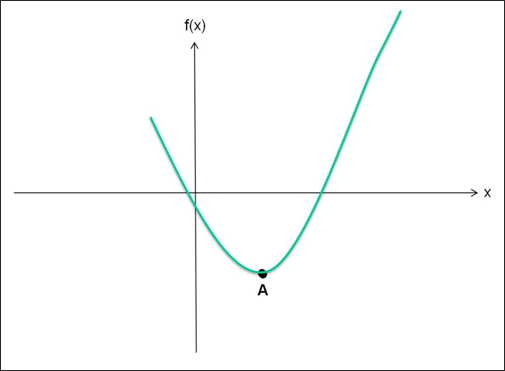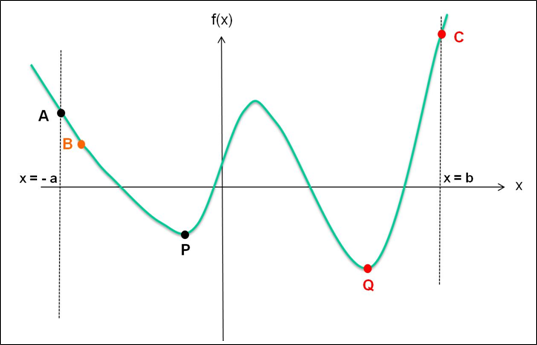Global Search Option |

|

|

|

|
|
Global Search Option |

|

|

|

|
A common discussion that arises when an optimization problem is solved is whether or not the obtained optimum is a local or global optimum. Local approximation based methods (gradient-based optimizations) are more susceptible to finding a local optimum, while global approximation methods (response surface methods) and exploratory techniques (genetic algorithms) are less susceptible than local approximation based methods to finding a local optimum. In other words, these techniques improve the chances of finding a more global optimum. However, no algorithm can guarantee that the optimum found is in fact the global optimum. An optimum can be guaranteed to be the global optimum only if the optimization problem is convex. For a convex optimization problem, the objective function and feasible domain need to be convex. Unfortunately, in reality, most engineering problems being solved cannot be shown to be convex. Therefore, for practical problems, a global optimum remains elusive. Different algorithm types simply alter the chances of finding a more global optimum, not guarantee it. With that consideration, it is important to keep in mind that algorithms which improve the chances come at a computational cost, and most often this can be significant.
The following image illustrates the concept of a convex problem as discussed above. A convex optimization problem has just one minimum (or maximum). This minimum (Point A in the image) is the global minimum.

Convex function, f(x)
In the case of non-convex problems solved using gradient-based techniques, the inherent behavior is that the optimized result obtained is dependent on the initial design starting point. This makes these types of algorithms all the more susceptible to finding local optimum. Recently implemented in OptiStruct version 11.0, is a new global search algorithm – an extension to the gradient-based optimization approach. The approach is called Multiple Starting Points Optimization. This global search algorithm performs an extensive search of the design space for multiple starting points to improve the chances of finding a more global optimum. Being dependant on the initial design starting point, n different design starting points could potentially result in n different optimum solutions. It is also highly likely that different design starting points could result in the same optimum solution. However, this does not mean that the optimum solution found is the global optimum. This concept is illustrated in the following image.

Non-convex function, f(x)
Consider the non-convex function, f(x), bounded by –a < x < b. Optimizing a design from design starting point A will result in the optimum solution, P. Similarly, optimizing a design from starting point B will result in the same optimum solution, P. On the other hand, optimizing a design from initial design starting point C will result in the optimum solution, Q. From this, it can be seen that through the multiple starting points approach, a global optimum cannot be guaranteed (as with any other algorithm), but at the same time, the chances of finding a more global optimum are improved.
The Global Search Option (GSO) in OptiStruct supports those optimization disciplines with user-defined variables.
Identifying a global search optimization study is done through the DGLOBAL entry in the I/O section of the input deck, and the parameters required to setup and run a GSO are defined on the DGLOBAL bulk data entry.
If multiple starting points from defined via DGLOBAL entry converge to multiple unique designs, then the output files corresponding to each unique design are retained in your working directory. If all starting points converge to a single design, then only one set of output files are retained, corresponding to this common design.